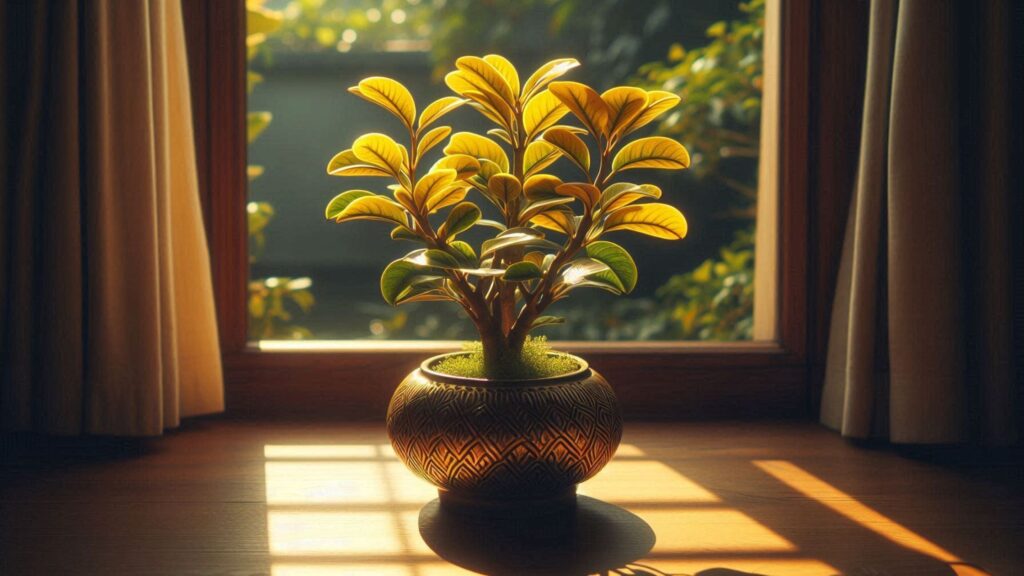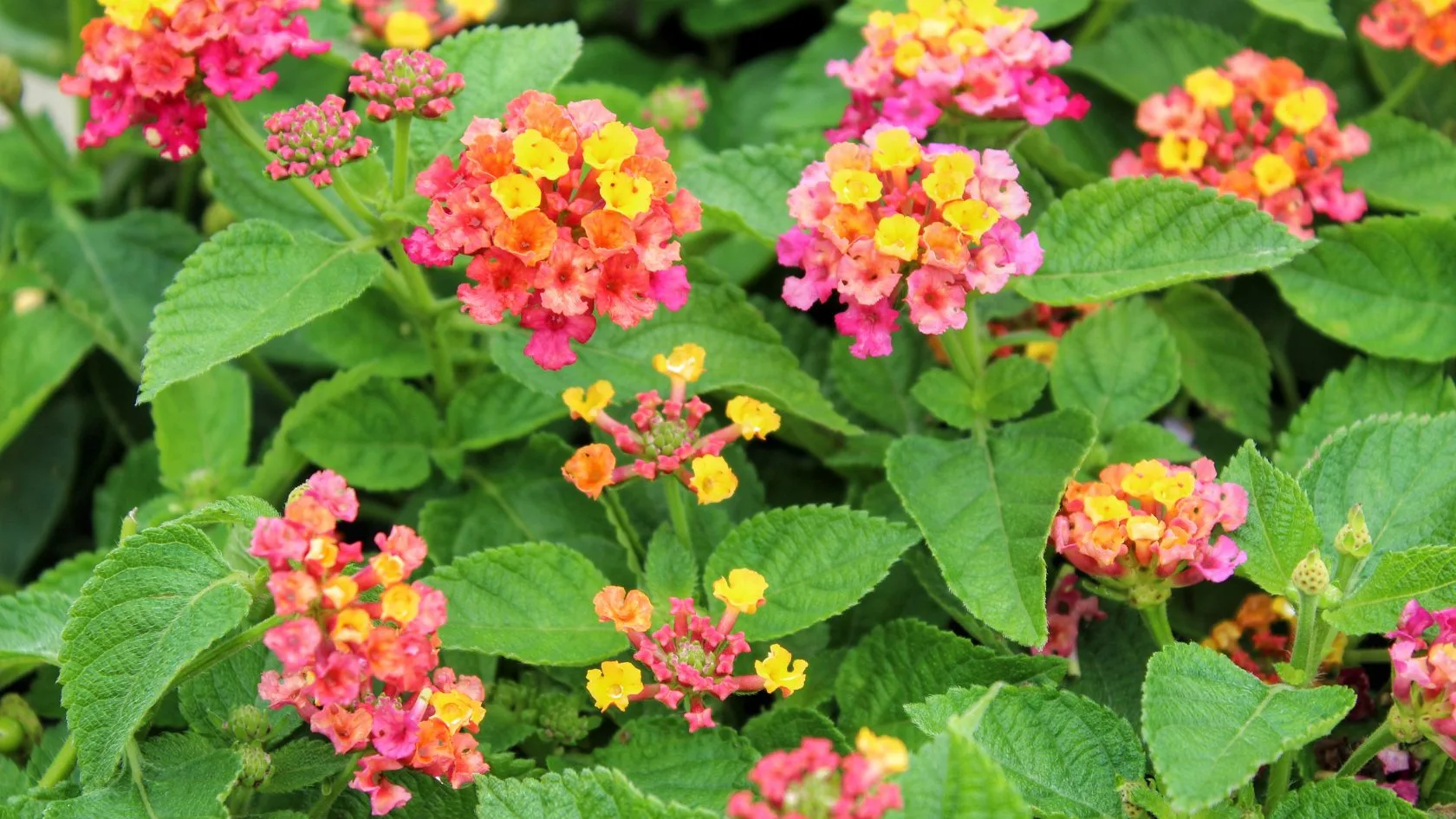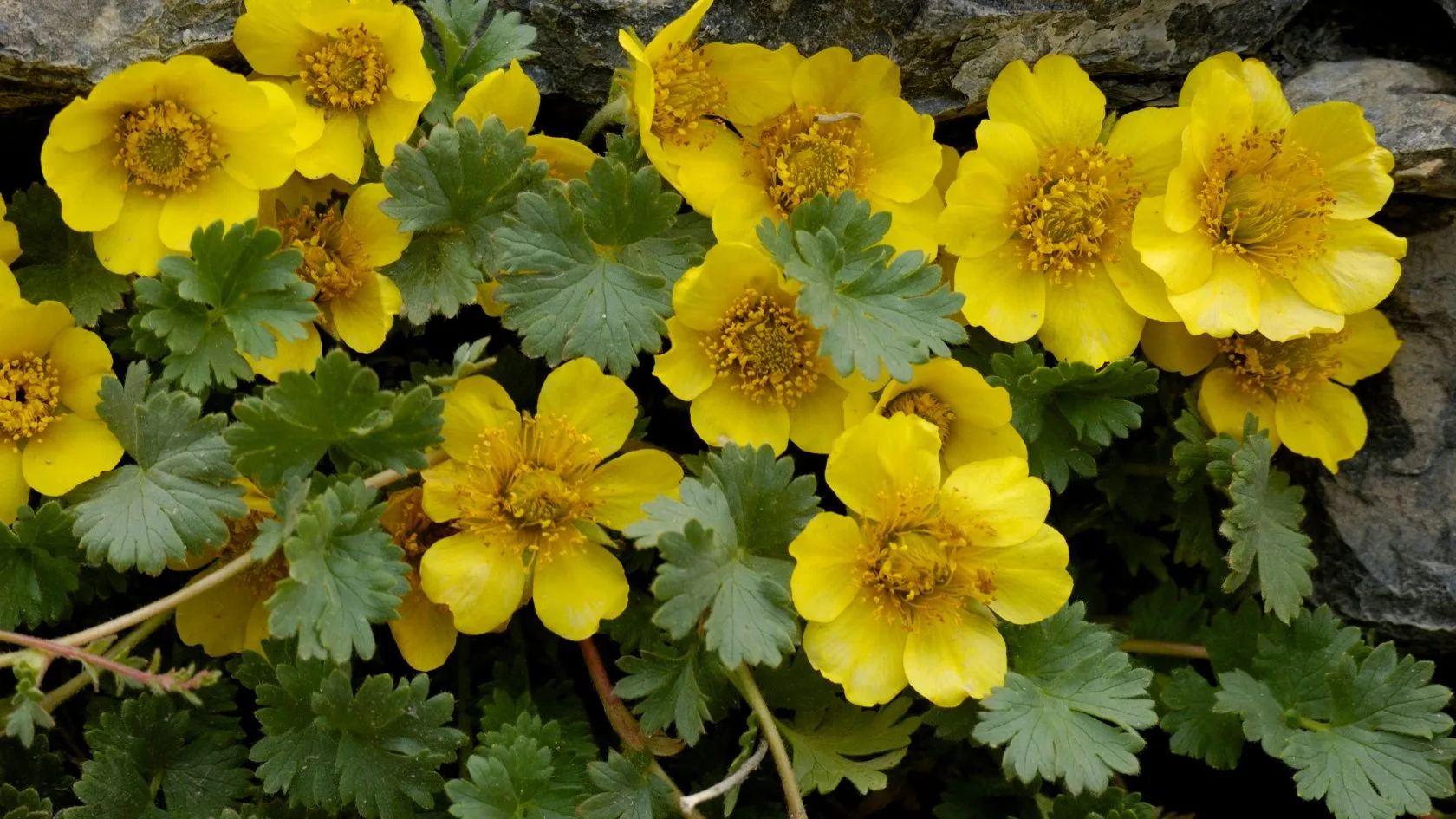The allure of the Golden Nanmu transcends mere aesthetics. This rare and precious tree, shrouded in history and cultural significance, has captivated plant enthusiasts and woodworkers for centuries. But what exactly is the Golden Nanmu, and what makes it so special? Let’s embark on a journey to unravel the mysteries of this golden wonder.

Unveiling the Golden Nanmu Plant
The Golden Nanmu (Phoebe zhennan) belongs to the Lauraceae family, sharing kinship with laurels and cinnamon. Native to the mountainous regions of central and southern China, this majestic tree can reach heights exceeding 30 meters (100 feet), boasting a straight trunk and a canopy of glossy, evergreen leaves. However, the defining characteristic lies in its heartwood. As the tree matures, the inner core takes on a captivating golden hue, ranging from a warm yellow to a deep amber. This unique color is attributed to the presence of specific phenolic compounds, contributing to the wood’s exceptional durability and resistance to rot.
A Glimpse into History and Cultural Significance
The Golden Nanmu has been revered in China for millennia. Its exceptional qualities – strength, beauty, and resistance to decay – made it a prized material for furniture construction, particularly during the Ming and Qing dynasties. Emperors adorned their palaces with intricately carved Nanmu furniture, a testament to both the wood’s elegance and its symbolic association with wealth, power, and status. Even today, antique Nanmu pieces fetch exorbitant prices at auctions, a testament to their enduring legacy.
Golden Nanmu Plant Benefits: Beyond Aesthetics
While the Golden Nanmu’s visual appeal is undeniable, its benefits extend far beyond aesthetics. Here are some key reasons why this tree is so highly valued:
- Exceptional Durability: The wood’s density and natural resistance to rot and insects make it incredibly long-lasting. Furniture crafted from Golden Nanmu can endure for centuries, becoming treasured heirlooms passed down through generations.
- Versatility in Use: Golden Nanmu’s adaptability allows for a wide range of applications. Apart from furniture, it’s prized for architectural elements like doors, panels, and even musical instruments. Its fine grain and smooth texture make it ideal for intricate carvings, adding a touch of luxury to any space.
- Medicinal Properties: While research is ongoing, traditional Chinese medicine recognizes the potential benefits of Golden Nanmu bark for its anti-inflammatory and antibacterial properties.
- Sustainability Concerns: The historical overexploitation of Golden Nanmu has led to conservation efforts. Thankfully, responsible reforestation programs are underway to ensure the future of this precious resource.
Golden Nanmu Plant Care
Lighting: Mimic its natural mountain habitat. Golden Nanmu thrives in bright, indirect sunlight. Avoid harsh afternoon sun, which can scorch the leaves. Filtered light through a sheer curtain or a spot under a light-diffusing tree outdoors is ideal.
Watering: Golden Nanmu prefers consistent moisture, but not soggy soil. Water deeply when the top inch of soil dries out. Allow excess water to drain freely from the bottom of the pot. Never let the plant sit in waterlogged soil, as this can lead to root rot.
Soil: Opt for well-draining, fertile potting mix. A good mix for Golden Nanmu would be a combination of potting soil, perlite, and orchid bark. This ensures proper aeration and drainage while retaining some moisture.
Fertilizing: During the active growing season (spring and summer), feed your Golden Nanmu a balanced liquid fertilizer diluted to half strength once a month. Avoid overfertilizing, which can damage the roots.
Pruning: Prune lightly to maintain shape and encourage bushier growth. The best time for pruning is during the late spring or early summer.
Repotting: Young Golden Nanmu may need repotting every 1-2 years as they grow. Choose a pot that’s only slightly larger than the root ball. Mature trees can be repotted every 3-5 years.
Golden Nanmu Plant Names in Other Languages
- Spanish: Nanmu dorado
- French: Nanmu doré
- German: Goldener Nanmu
- Italian: Nanmu dorato
- Portuguese: Nanmu dourado
- Russian: Золотой нанму (Zolotoy nanmu)
- Arabic: نانمو الذهبي (Nanmu aldhahabi)
- Hindi: स्वर्ण नान्मु (Svarṇa nānmu)
- Bengali: সোনালী নানমু (Sonali nanmu)
- Thai: นันมูทองคำ (Nanmu thongkham)
- Telugu: గోల్డెన్ నాన్ము మొక్క (Golden Naanmu Mokka)
- Kannada: ಗೋಲ್ಡನ್ ನಾನ್ಮು ಗಿಡ (Golden Naanmu Gida)
- Tamil: கோல்டன் நான்மு செடி (Golden Naanmu CheDi)
Faq of Golden Nanmu Plant
1. What is Golden Nanmu?
Golden Nanmu refers to a type of wood derived from the nanmu tree (Phoebe zhennan), which is native to China. It is highly prized for its beautiful golden color, fine grain, and durability. Historically, Golden Nanmu was used for imperial construction and high-quality furniture.
2. What is the Nanmu Plant Used For?
The nanmu plant, specifically its wood, is used for a variety of purposes, including:
- High-quality furniture
- Architectural elements in temples and palaces
- Carvings and artwork
- Boat building due to its resistance to decay
3. Is the Golden Money Plant Lucky?
Yes, the golden money plant (Epipremnum aureum), also known as golden pothos or devil’s ivy, is considered lucky in many cultures. It is believed to bring good fortune, wealth, and prosperity, especially when placed in homes or businesses.
4. How Do You Care for Golden Nanmu?
Golden Nanmu, as a type of wood, requires specific care to maintain its quality:
- Regular dusting with a soft cloth
- Avoid exposure to direct sunlight to prevent fading
- Use a mild wood cleaner periodically to preserve its shine
- Protect from excessive moisture to prevent warping
5. What is Golden Tree Also Called?
The term “Golden Tree” can refer to different species, but it is often used to describe the Golden Rain Tree (Koelreuteria paniculata), known for its beautiful yellow flowers and ornamental value.
6. What is the Golden Tree Used For?
The Golden Rain Tree (Koelreuteria paniculata) is used for:
- Ornamental purposes in landscaping and gardens
- Providing shade in parks and streets
- Attracting pollinators like bees and butterflies
- Adding aesthetic value to urban and suburban environments



Today, I went to the beach with my children. I found a sea shell and gave it to my 4 year old daughter and said “You can hear the ocean if you put this to your ear.” She put the shell to her ear and screamed. There was a hermit crab inside and it pinched her ear. She never wants to go back! LoL I know this is completely off topic but I had to tell someone!